We are electrically inducing heart attacks in fruit flies to test the effects of various treatments on survival. We are shooting for roughly a 50% survival recovery rate in our control group.
I work with a lab that is studying cardiac function in insects. We have been inducing cardiac arrest using electrodes applied to the outside of the fruit fly. This has a lot of problems to it, attachment of the electrodes is labor intensive, the carapace is a pretty good electrical insulator , Etc
I'm new to the lab and was asked to look over the situation to see if I had any ideas on how they could improve fly handling and throughput. I got the idea of maybe putting the Flies inside a solenoid and inducing Eddy currents to shock them.
I have very limited experience in building electronic devices though I have a decent undergraduate level understanding of physics including electromagnetism.
I don't really know where to start here. I thought of just looking for solenoids online or maybe just an automotive coil. Putting the fruit fly inside a little plastic tube. Sticking it in the core of the coil after the coil is already running current from a car battery. And then just suddenly disconnecting the terminals of the battery and letting the magnetic-field collapse to see what happens to the fruit fly.
I would consider it a victory at this point if I could just show that we could get the fruit fly to die without actually cooking it. We can systematically lower the the magnetic field intensity that we collapse using lower voltages through the coil until we get what our Target is, a shock level that creates about a 50% survival rate.
I'd appreciate any advice on how to approach this or even criticism regarding whether or not it would work. I'm in electronics hobbyist but haven't really done that much period just some basic stuff.
This is an example of the physical principle I am talking about, though out problem is simpler since we want a single disruptive shock and have no portability issues.
